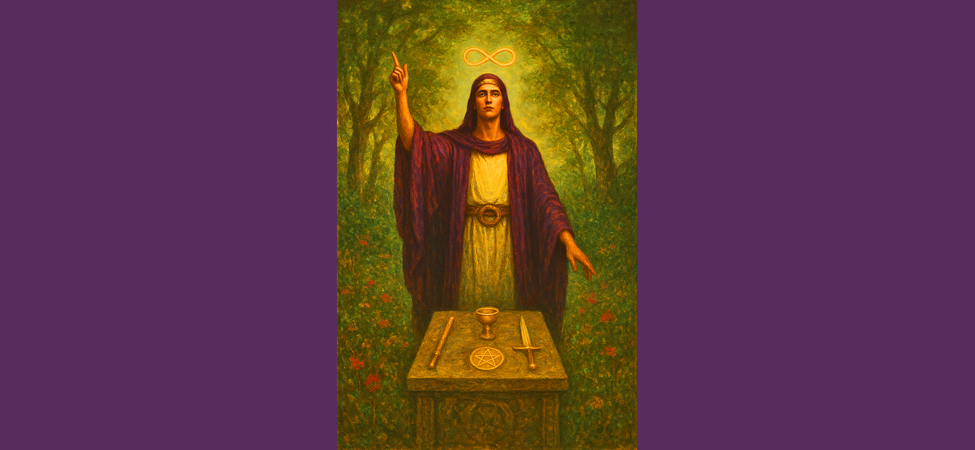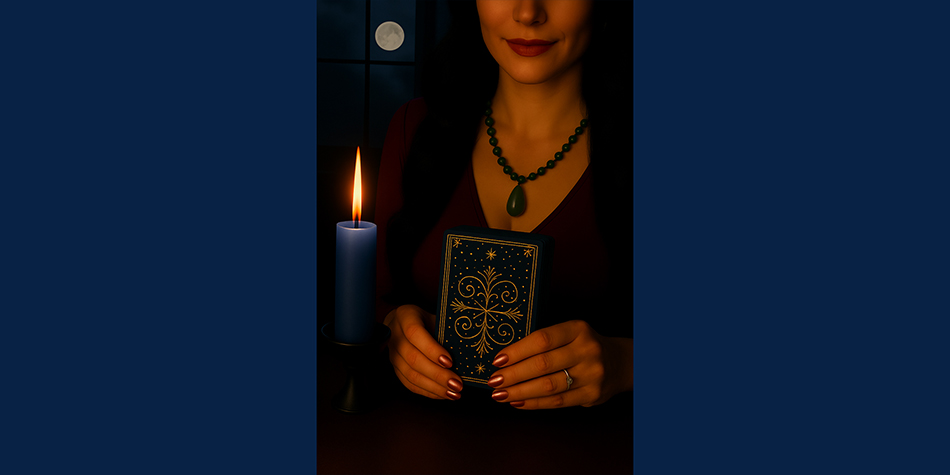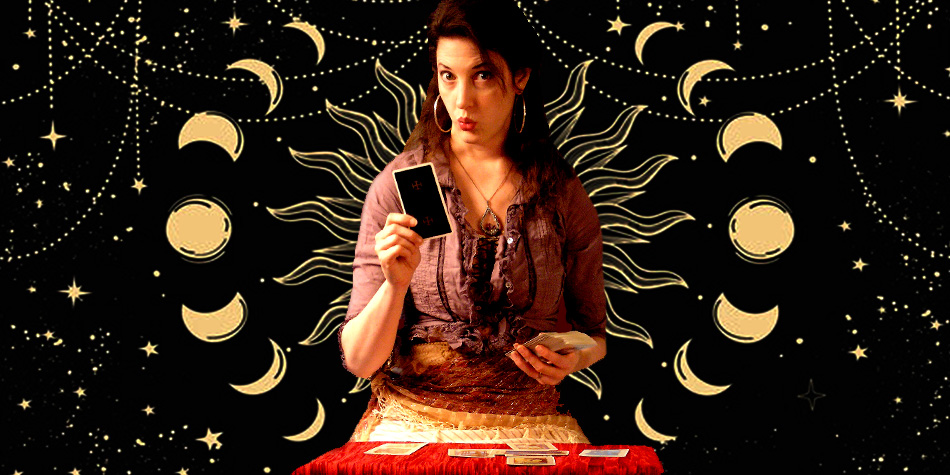
Reviewed by Katrina Rasbold
When we think of “borderlands,” we often think of political lines or separation. The Borderlands Tarot dares to reimagine this space as a lush, magical point of convergence—a place where ecosystems, cultures, and spirits bleed into one another to create something entirely new. Continue reading The Borderlands Tarot / El Tarot de Tierras Fronterizas by Enid Baxter Ryce and Luis Cámara.



